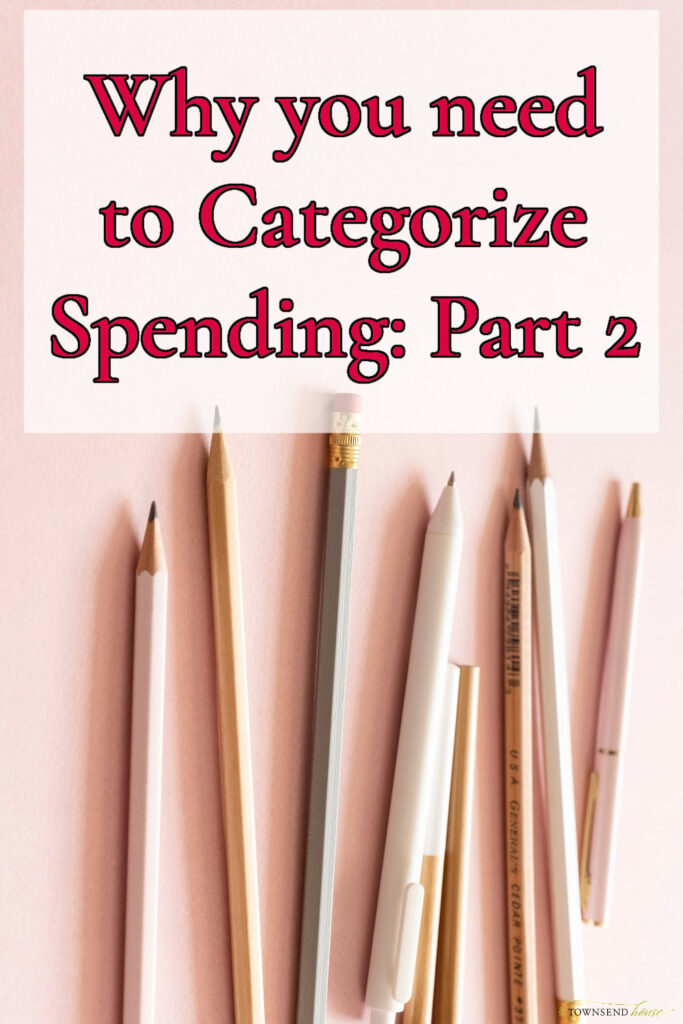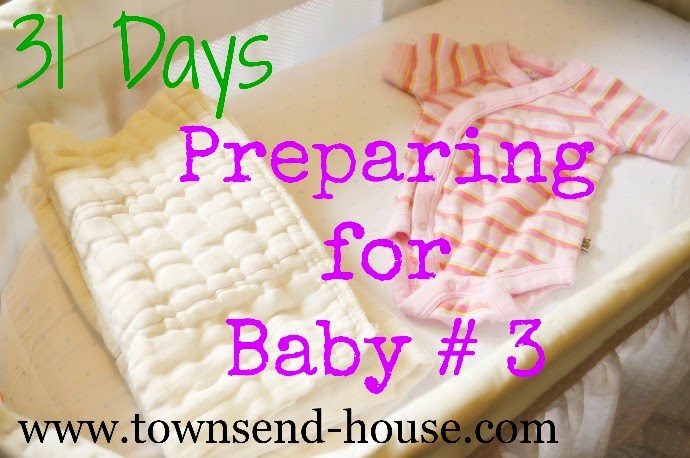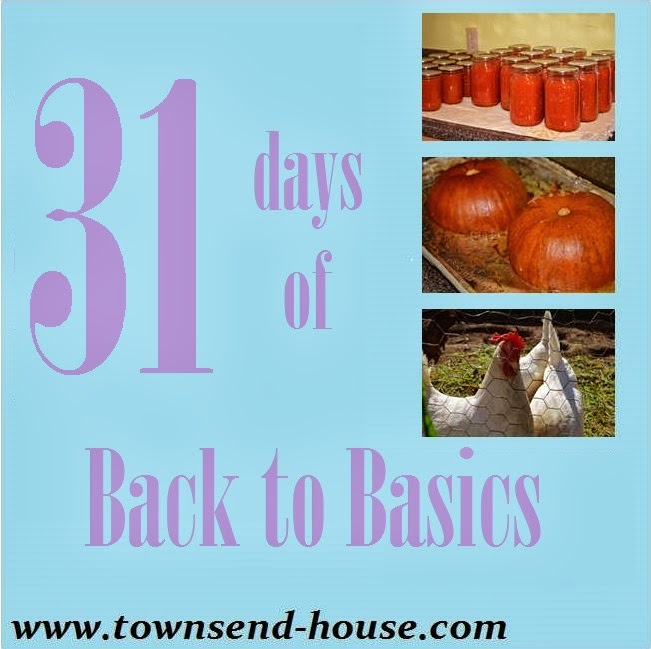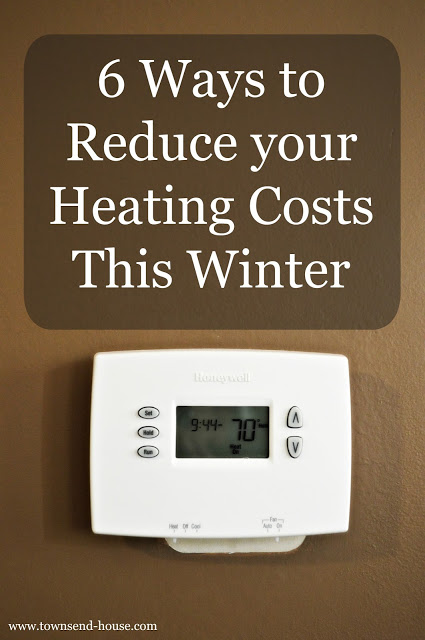Why you need to Categorize your Spending
Do you categorize your spending? I used to think that I did. Why? Because I had a budget that listed all of my bills each month. Clearly categorizing my spending, right? Actually, I wasn’t. I would pay my bills each month, and then whatever was leftover I would assign some to savings, and the rest to all the other expenses I had each month – groceries, gas, incidentals, personal care items, fun. But, I had no clue how much I was spending on those other things.
I have always been relatively conservative with my spending, which is great, but not knowing how much you spend in different categories can make your savings goals challenging to meet.
I love what Dave Ramsey says about budgets:
You’ve got to tell your money what to do or it will leave.
Categorize your Spending: But Why?
It is one thing to understand where your money is going, it is something altogether to get down to the nitty gritty and categorize your spending. We want to know where our money is going, and in order to do that you need to look beyond your monthly bills to see what you are spending that money on.
Last time I had you print out your bank statements for the past several months. I need you to pull out that information and start to take a look at it. What do you see when you categorize your spending? Do you see consistency each month? Are there unexpected purchases you don’t remember making?
When you understand where you are spending your money, and how much money you are actually spending in different categories each month, it will be easier to start making your budget. If you don’t know how much money is coming in and going out, how are you going to estimate how much you will spend on groceries? Or household items? Or birthdays and other events?
You can find a blank spend tracking printable in my budget printable pack to start tracking your own categories.
How do you Categorize your Spending?
Once you have looked at your bank statements and put things in order, you should start to see patterns of where you are spending money. The first categories you need to have are what your bills are. These are the easiest to budget for because they are regular monthly expenses. These are going to be your mortgage or rent, utilities, car payment (if you have one!) etc. Anything that you regularly pay monthly, you want to list.
Now, there are some regular monthly expenses that you have that are variable, and those will come next. This is going to be groceries, household items, and gas for your car. These are a little more difficult to pin down for a budget, but when you take the time to categorize your spending based on the previous few months (and remember, ideally the past year) you will be able to see an average of what you pay in these different categories. So, for instance, if you spend $1000/month on groceries, you are not going to budget $500 because that will be completely unrealistic. Is it possible to eventually get to that amount? Possibly, but you can’t start there. Otherwise, you will fail before you even begin.
Look at the Categories
First, listen to the categories that I have and then grab your budget workbook and your own list of categories. Are there categories that I have included that you didn’t think of? Are there categories that you have that I do not have? Make sure you are understanding the categories you are putting down. These will be the basis of your budget for the coming year, and will be used to understand your spending habits, needs, and wants over the coming year.
We will also be using these categories to put together monthly reports to see where you need to make adjustments to your overall budget each month.
This post includes affiliate links. If you click on one of these links and make a subsequent purchase I may receive a commission. Read Disclosure.
For each category I color code. This makes it easier when I am doing my spend tracking each month to see where the money is going. I purchased a bunch of mildliner highlighters. And then I color-coded my categories with these. Is this a necessary step? No, as long as they are labeled that is all you need. But, it helps me visualize where my money is going.
You will have some purchases that are not monthly expenses – different insurances, taxes, and other miscellaneous purchases throughout the year. That is partly why it is best to look at an entire year’s worth of bank statements. You catch some of those yearly subscriptions, quarterly purchases, things you only pay twice each year. And you want to make sure that you account for those as you are creating your budget. Use the Yearly Financial Overview printable from the budget workbook to keep track of these non-regular expenses.
Categorize YOUR Spending
Now that you have had the time to categorize your spending, you are going to look at all of the different categories – are these the categories that you want to track? It is OK to change your categories. And it will take a few months for you to really understand which categories you ought to track. That is also OK. Start with the ones that you see right now, and if something comes up over the next few months, you may realize you have a new category you want to add to your list.
Do you need to have twenty categories? No, you do not, however, I have found that drilling down on these categories has been very helpful to keep me on track with my budgeting and my spending. I know about how much I will be spending on household items each month (toilet paper, paper towel, cleaning supplies) because I categorize it. I know how much we spend on vitamins and other wellness items because I categorize it.
What’s next?
Take some time over the next week and really get comfortable with your categories. You want to make sure that you are accounting for all of your purchases, both regular bills and incidental items, as well as variable expenses that come up month after month.
It doesn’t need to be perfect, and it won’t be at first. It took me several months to feel comfortable with the categories that I currently have, and honestly, I have adjusted those categories since I started my spend tracking. Putting together a budgeting system that works for you takes time, and it also takes trial and error. That is OK. The fact that you are taking the time to be aware of your purchases is the first step, and a great one at that. It means that you are aware of your spending – something many of us often are not aware of.
Next we will start to work on our budget as a whole, what that looks like over a full month, and how to put all of this data that you have collected and organized into something manageable for the future!
Do you categorize your spending? What is a category that you keep track of that you don’t think is a typical category others think of?






